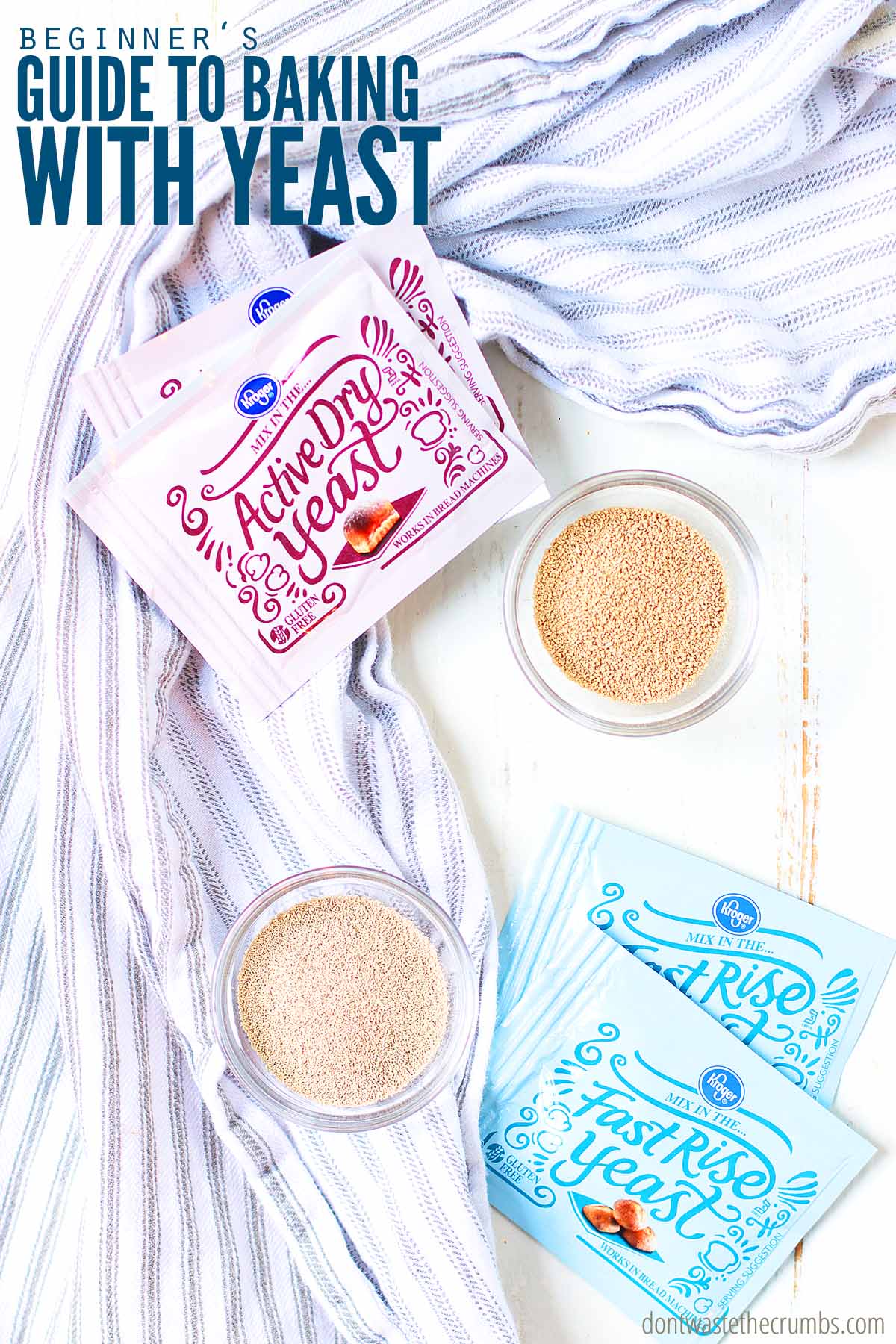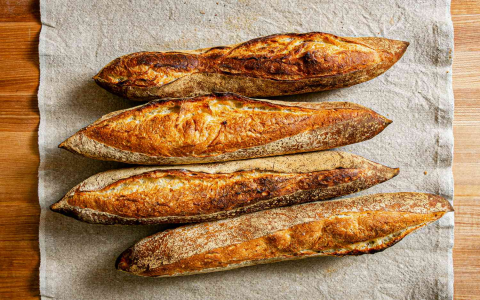Alright, let me tell you about my little adventure with dry yeast while I was kicking around in France. I got this sudden craving to bake something simple, maybe some bread or pizza dough, you know? So off I went to the local supermarket.
Found the baking aisle, and well, the fresh yeast I sometimes prefer wasn’t obvious, or maybe I just missed it. What they did have plenty of was this active dry yeast, ‘levure boulangère sèche’ they call it. Came in little packets. Looked straightforward enough, so I grabbed a few.

Getting Started with the Yeast
Back in the kitchen, I remembered reading somewhere, or maybe someone told me once, you can’t just chuck this type of dry yeast straight into your flour. Apparently, it needs a little wake-up call first. The instructions on the packet were in French, and while my French is okay-ish, baking terms can be tricky.
So, I decided to go with what I vaguely remembered. I got myself a small bowl. Poured in some warm water. Now, ‘warm’ is the key – not hot enough to kill the little yeast guys, not cold enough to keep them sleepy. I usually test it on my wrist, aiming for that comfy baby-bottle temperature, maybe around 40-45 degrees Celsius if I had to guess. Don’t have a thermometer in the kitchen usually, just go by feel.
Then, I tore open one of those packets and sprinkled the tiny granules into the water. Added a little pinch of sugar too – figured it gives them something to munch on to get started. Gave it a gentle stir with a fork, just enough to get things mixed, didn’t go crazy with it.
And then, the waiting game. I just left the bowl on the counter. Went off to do something else for about, oh, maybe 5 to 10 minutes? Didn’t time it exactly.
Checking if it Worked
When I came back to check, I looked closely. Success! The mixture was starting to get a bit bubbly on top, looked kinda foamy. That’s the sign you’re looking for. It means the yeast is alive and active, ready to do its job making the dough rise. If it just sat there looking like sad wet sand, I’d know the yeast was probably dead, and I’d need to start over with a fresh packet.
Seeing those bubbles was a relief. Meant I could go ahead and mix it into my flour, salt, and other ingredients for the dough I was making. If you don’t dissolve it first, I’ve heard you just get these little hard spots of yeast in your finished bread, which sounds pretty unpleasant. Never tried it that way myself, always do the warm water step.
The dough came together nicely after that. Kneaded it, let it rise, the whole process. And you know what? The bread turned out fine! Rose pretty well, had a decent texture. Maybe the French yeast has a certain ‘je ne sais quoi’, or maybe yeast is just yeast wherever you are, as long as you treat it right.

So, yeah, that’s my experience using that dry yeast over there. Key takeaway? Always wake it up gently in warm water first. Don’t skip that step. It’s simple, doesn’t take long, and makes all the difference.













